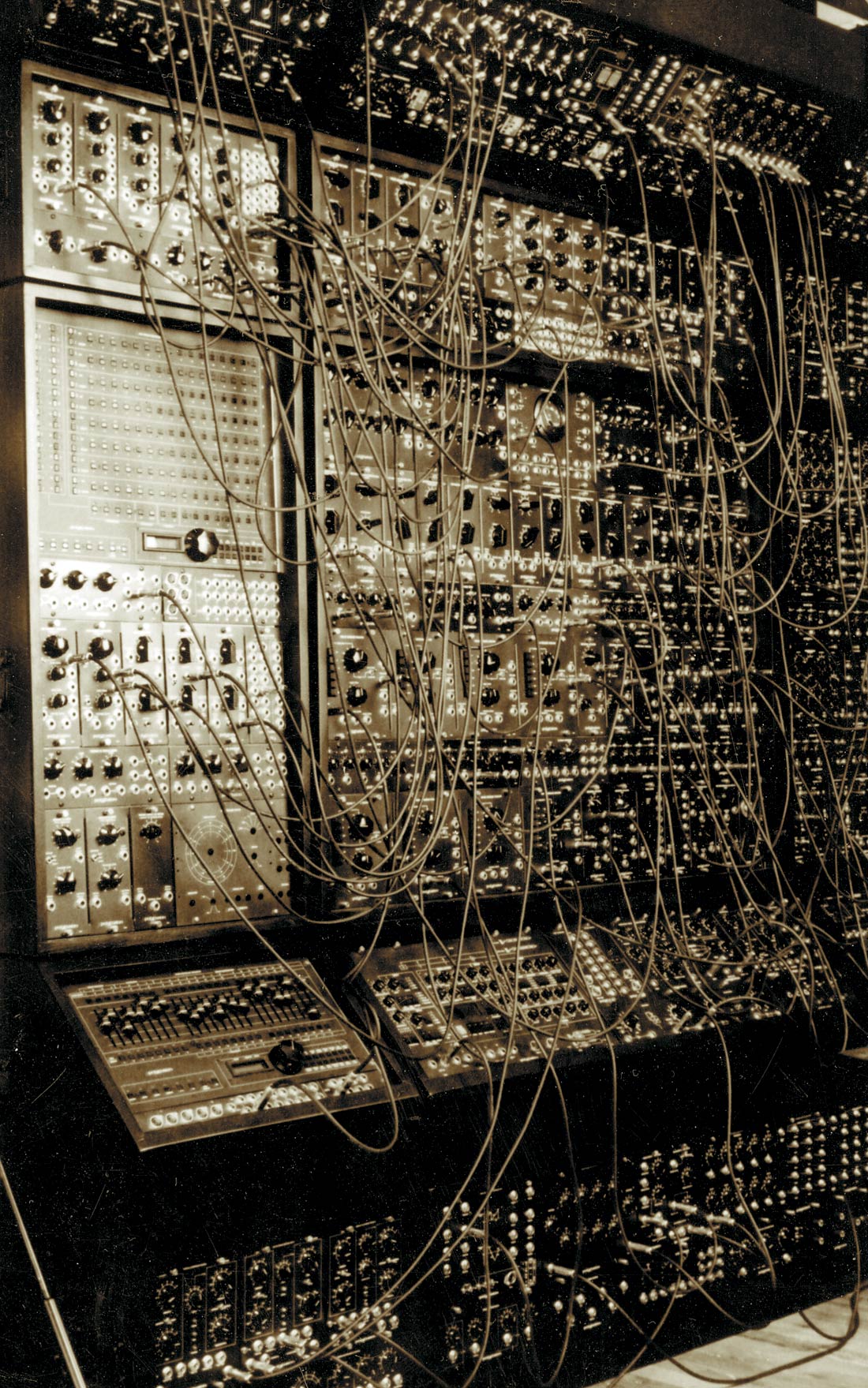In the last three issues, I've reviewed a number of moveable products that I'm using in my tracking room to control acoustics. With only one live room that's suitable for full-volume tracking, I wanted as much control as possible in terms of varying the sound of that room to fit the character of the performance that's being recorded. In my article "A Primer on Recording Drums at Home" (Tape Op #31), I described a number of techniques that could be used to make a room sound bigger, including the placement of materials to control bass and midrange. Smaller rooms especially tend to be midrange-heavy. To make my live room sound bigger, I wanted to reduce midrange reverberation without making the room sound dead. After some research, I settled on hanging baffles from Acoustical Solutions. The baffles are PVC plastic "bags" wrapped around sheets of semi-rigid fiberglass insulation. I ordered ten 8 ft tall, 2'' thick AlphaEnviro baffles with grommets on the top edge. The grommets hook onto drywall screws drilled into 2'' pine strips that I mounted on my studio wall. The baffles, which are extremely light, are easy to hang and easy to remove. With the help of two friends, it took less than two hours to hang all the baffles.
How does my room sound with the baffles installed? The PVC reflects higher frequencies, but midrange frequencies pass through the PVC and are absorbed by the fiberglass. (Also, by placing the baffles off the walls by 2'', the absorption efficiency is increased at lower midrange frequencies.) The room still sounds lively because enough high end makes its way around. But there's a huge difference in the midrange. There's much less mud, especially as the track count goes up and the room's sonic signature makes its way into more audio tracks. Before the baffles were up, Gavin McCarthy and Jeff Goddard from Karate (my favorite test subjects) had a hard time playing in the room because it was so midrange reverberant. With the baffles up, the "smear" disappeared. While recording basics for the new Karate album, Geoff Farina expressed, "I love the sound of this room. I can hear everything so clearly."
Other thoughts worth noting. The standard PVC rips easily. While installing one of the baffles, one of the screw heads tore a 1'' slash in the PVC when we tried to hang a baffle onto incorrectly-positioned screws. Ripstop nylon is available as an optional covering. I don't know how it would sound, but it would certainly be more durable. Also, the "look" that the baffles impart doesn't really equate to "professional recording studio." Almost everyone who sees them mentions "school gym." What do I think? I like the look. (For photos, see www.kimcheerecords.com/articles/studioacoustics/.) I never wanted a conventional-looking studio. And I certainly didn't want a conventional-sounding live room. I wanted a room whose sonic character I could adjust as needed, with the option of making it sound bigger than it really is. The AlphaEnviro baffles helped me accomplish that goal. Give Acoustical Solutions a call if you've got the same goal, and check out their website for acoustical data, custom-order pricing, and informative articles on acoustics.




_disp_horizontal_bw.jpg)